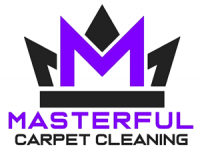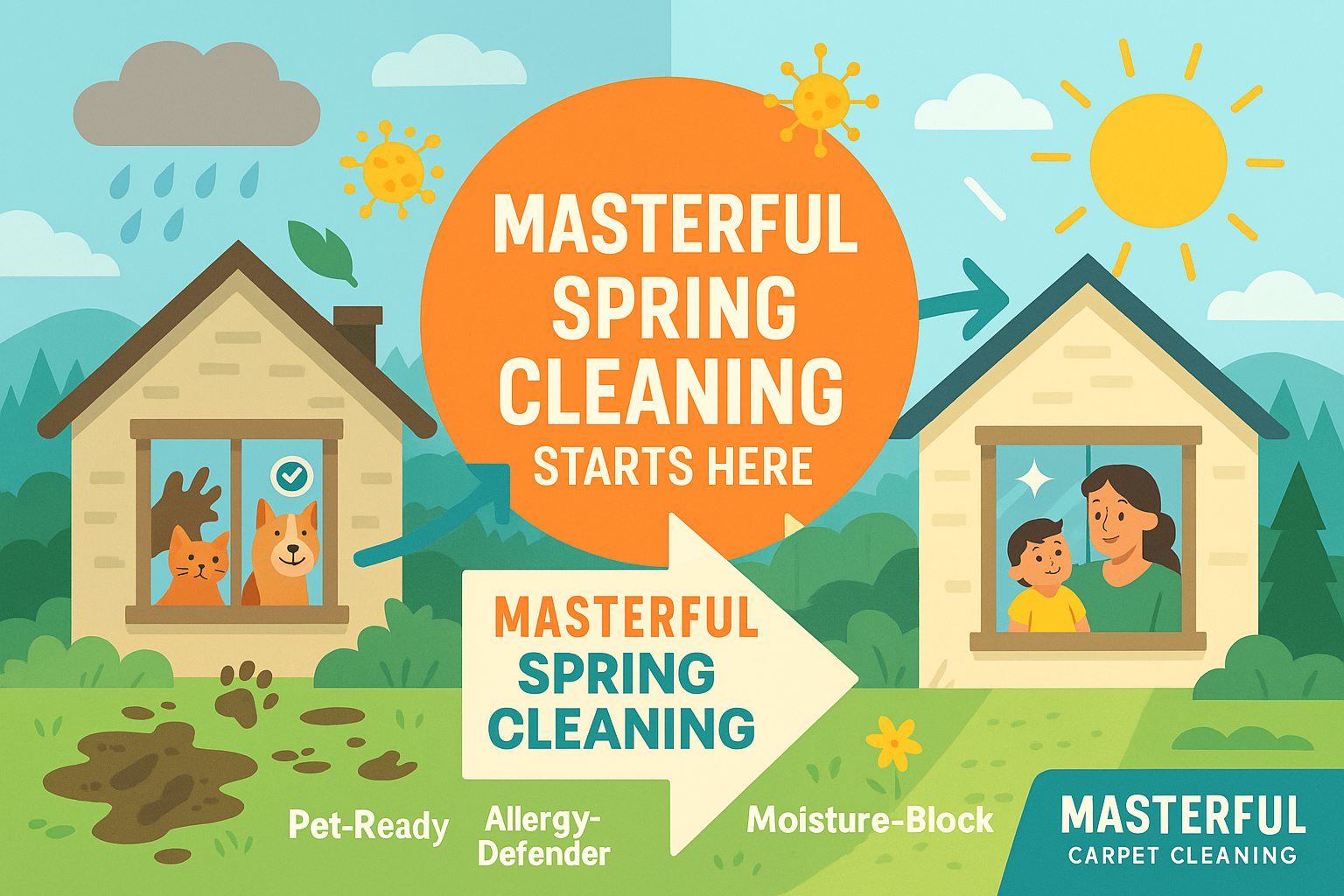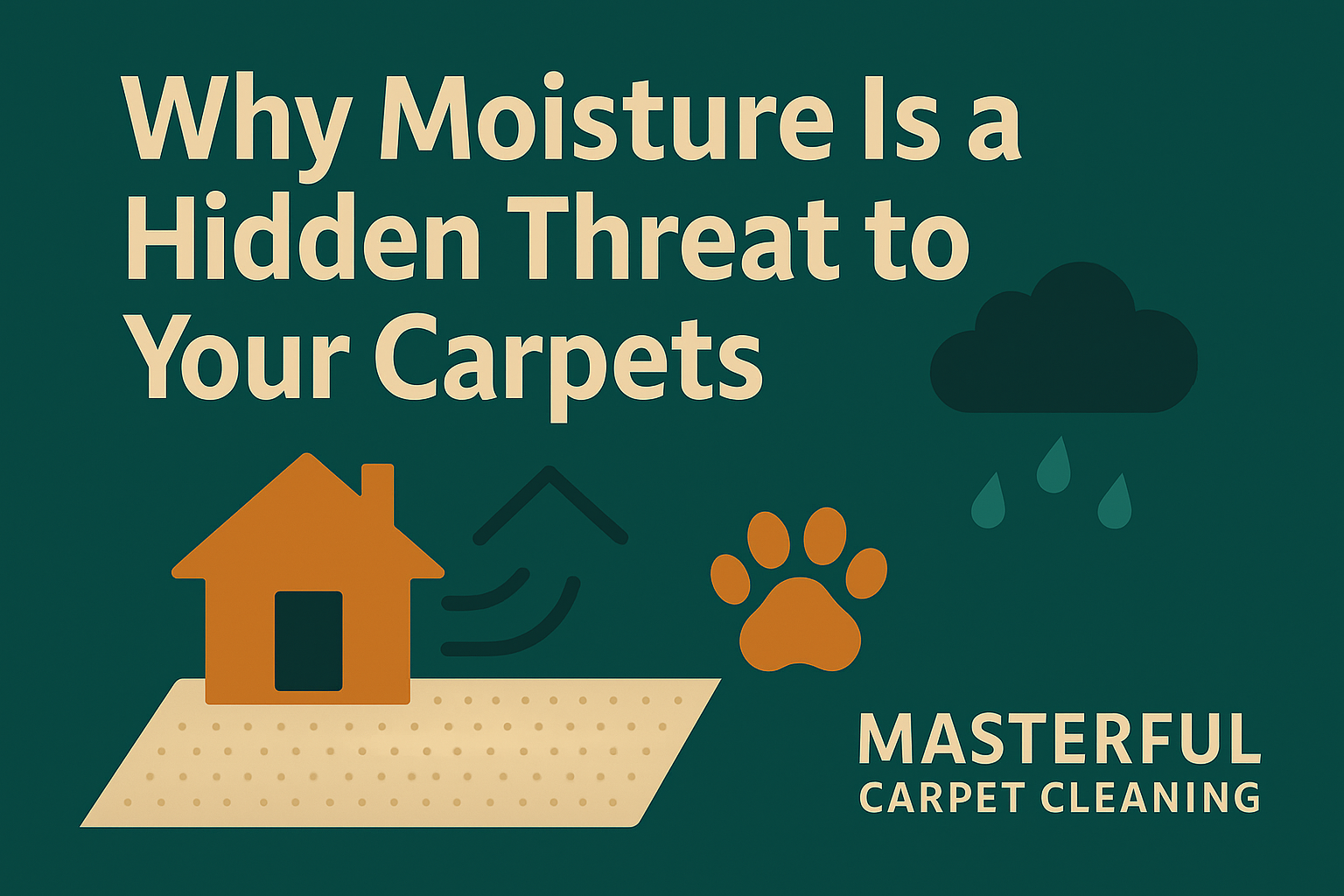Expert Tips for Removing Tough Carpet Stains: From Ink to Red Wine
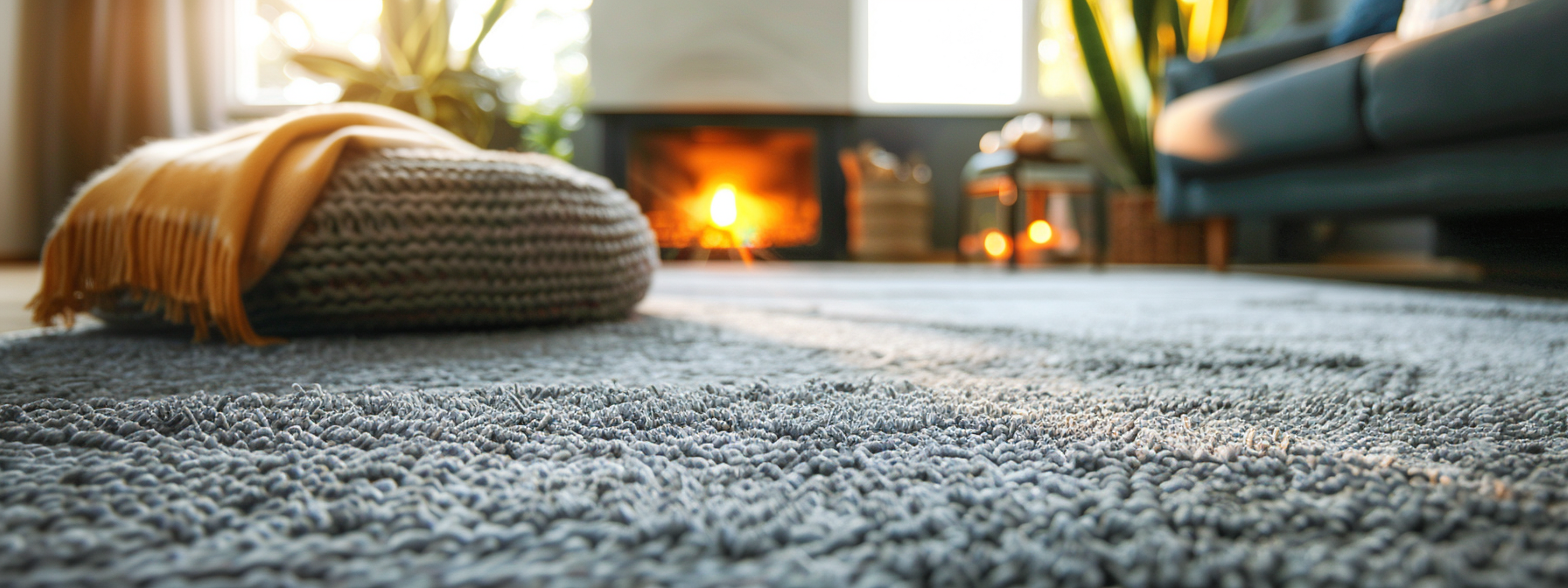
Dealing with tough stains on carpets can be a source of significant frustration for homeowners.
Not only do these stains detract from the beauty of your flooring, but they can also lead to permanent damage if not addressed properly. The challenge lies not just in the removal of these stains, but in doing so without harming the delicate fibers of the carpet.
- Tough Stains: These are stains that are particularly resistant to general cleaning methods and require specific techniques and solutions for removal. Tough stains often penetrate deeply into carpet fibers, set quickly, and can be exacerbated by heat or incorrect cleaning methods.
We will explore several common types of tough stains, including:
- Ink Stains: These can be daunting due to their intense color and the speed with which they absorb into carpet fibers.
- Red Wine Stains: Notorious for their vivid color and acid content, red wine can quickly set into a stubborn stain.
- Coffee and Tea Stains: Containing tannins, these beverages create stains that not only discolor but can also adhere persistently to carpet fibers.
- Pet Stains: These are particularly challenging not just because of their appearance but also due to accompanying odors.
Knowing how to effectively tackle these tough stains can prevent permanent damage, helping to maintain the appearance and longevity of your carpets.
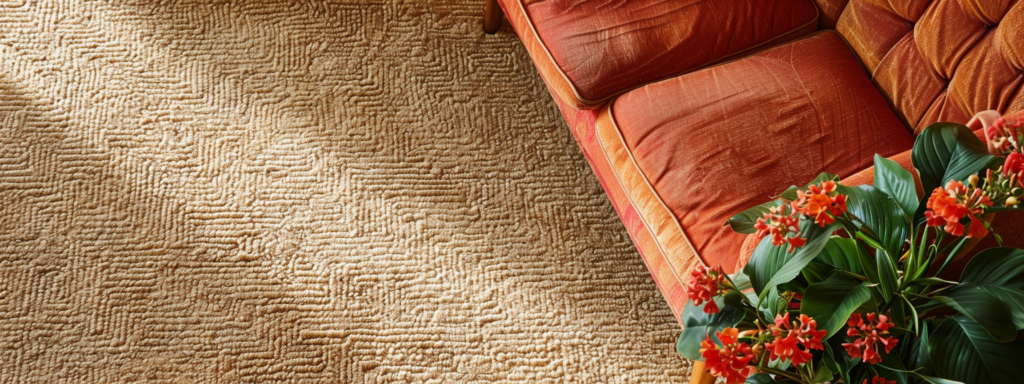
Removing Ink Stains from Carpets
Ink stains on carpets are a common but formidable challenge due to the chemical properties of ink and its tendency to quickly penetrate carpet fibers. Effective removal depends on prompt and precise action. Isopropyl alcohol, known for its effectiveness in breaking down ink, is often recommended for this type of stain.
To tackle ink stains effectively, you will need:
- Isopropyl Alcohol: Helps dissolve the ink for easier removal.
- Clean White Cloths: Used to blot the stain without risking further color transfer.
- Mild Detergent: Assists in cleaning the affected area after the initial ink removal.
Step-by-Step Method to Remove Ink Stains
- Blot the Stain: As soon as the spill occurs, blot as much ink as possible using a clean, dry white cloth. It’s important to blot rather than rub to avoid spreading the ink further.
- Apply Isopropyl Alcohol: Wet a clean cloth with isopropyl alcohol and gently dab it on the ink stain. The alcohol will help break down the ink. Allow it to sit on the stain for a few minutes.
- Blot Again: Use another clean, dry cloth to blot the area again. The ink should begin to transfer onto the cloth. Continue this process, using fresh sections of the cloth, until no more ink comes off.
- Apply Mild Detergent: Mix a small amount of mild detergent with water and apply this solution to the stained area to clean any remaining residue. Gently work the solution into the carpet with a cloth.
- Rinse and Dry: After cleaning, rinse the area with cold water using a clean cloth to remove any cleaning solution residue. Blot with a dry cloth to remove as much moisture as possible, then allow the area to air dry completely.
- Vacuum: Once the carpet is dry, vacuum the area to restore the texture of the carpet fibers.
By following these steps, you can effectively remove ink stains from your carpet, restoring it to its original state without permanent damage. Prompt action and the right cleaning materials are key to successfully dealing with ink spills on carpeting.
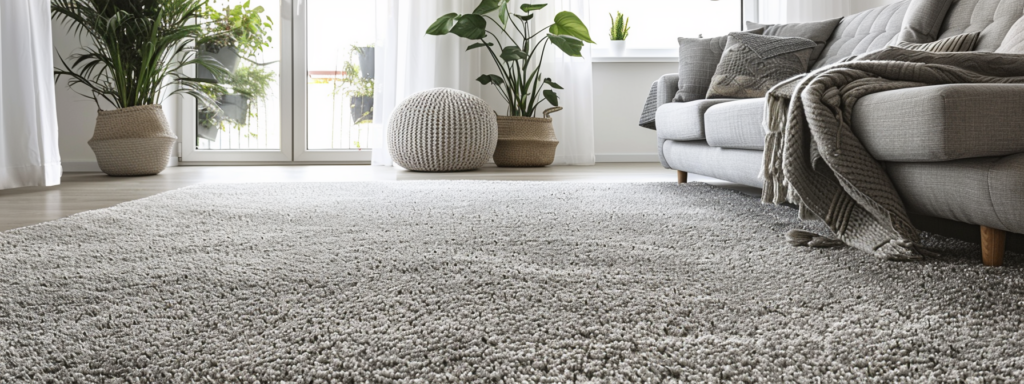
Eliminating Red Wine Stains
Red wine stains are among the most dreaded types of carpet stains due to their vivid color and acidic composition, which can set quickly into carpet fibers. Tackling these stains effectively requires a combination of immediate action and thorough cleaning techniques. Common household items like salt and club soda can be remarkably effective in managing these spills.
Immediate Steps for Red Wine Stain Removal
- Blot the Spill: As soon as the wine spills, blot up as much liquid as possible with a clean, dry cloth. Press firmly into the stain but avoid rubbing, as this can push the wine deeper into the carpet.
- Apply Salt: Sprinkle a generous amount of salt over the stain while it’s still wet. The salt will absorb the wine, drawing it out of the carpet. Let the salt sit until it has absorbed the wine and dried, then vacuum it up.
- Use Club Soda: Pour club soda over the stained area. The carbonation helps to lift the stain from the carpet fibers. Blot the area again with a clean, dry cloth, soaking up the club soda along with the wine.
Long-Term Cleaning Strategies
If the initial treatment doesn’t completely remove the stain, or if the stain was not treated immediately, here are more intensive methods to consider:
- Vinegar and Dish Soap Solution: Mix one tablespoon of white vinegar and one tablespoon of dish soap with two cups of warm water. Apply this solution to the stain with a cloth, blotting frequently until the stain lifts.
- Commercial Wine Stain Remover: There are products specifically designed to tackle red wine stains. These often contain enzymes or other active ingredients that break down the wine’s color compounds. Follow the manufacturer’s instructions for application.
Options for Red Wine Stain Removal
- DIY Quick Fixes:
- Salt: Best for fresh stains, as it absorbs the wine.
- Club Soda: Effective for lifting the stain through its carbonation.
- Baking Soda Paste: Mix baking soda with water to create a paste, apply to the stain, let dry, and vacuum. Good for absorbing deeper residues.
- Professional Treatments:
- Steam Cleaning: For persistent or older wine stains, professional steam cleaning can be highly effective. It uses heat and high pressure to deeply clean carpet fibers.
- Professional Stain Removal Services: If DIY methods do not suffice, consider hiring a professional carpet cleaning service. They have specialized tools and solutions that can remove stubborn stains without damaging your carpet.
By using these strategies, from immediate DIY solutions to more comprehensive professional treatments, you have a flexible range of options to effectively eliminate red wine stains from your carpets. You can tackle the stain yourself or call in the professionals, but prompt and appropriate action is key to preserving your carpet’s appearance and longevity.
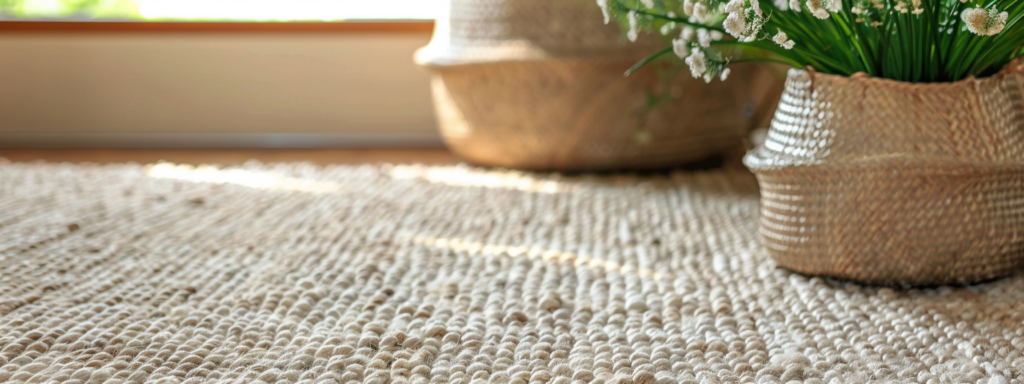
Tackling Coffee and Tea Stains
Stains caused by coffee and tea are common yet troublesome due to the presence of tannins, which are organic compounds that can bond strongly with fabric fibers. These stains not only darken the carpet but also set quickly, making them resistant to many cleaning methods.
Knowing about the nature of tannins and the right techniques to counteract their effects can help effectively remove these persistent stains.
- Tannins: Naturally occurring compounds found in many plants, including coffee beans and tea leaves. Tannins are astringent and color rich, which makes them prone to leaving durable stains when they come into contact with carpet fibers.
Effective Cleaning Techniques for Coffee and Tea Stains
- Blot the Spill Immediately: As soon as the spill occurs, blot up as much liquid as possible with a clean, dry cloth. Avoid rubbing the stain as this can push the tannins deeper into the carpet.
- Rinse with Cold Water: Rinse the stain with cold water to dilute the tannins. Apply the water directly to the stained area and blot out with a cloth. Avoid using hot water as it can set the stain further.
- Apply a Tannin-Specific Cleaner: Use a cleaning product designed to combat tannin stains. These cleaners are formulated to break down tannins and lift them from the carpet fibers. If a commercial tannin cleaner is not available, mix white vinegar with cold water (one part vinegar to two parts water) as an effective homemade alternative.
- Gently Agitate the Stain: Using a soft-bristled brush, gently work the cleaner into the stain. This action helps the cleaning solution penetrate the fibers and break up the stain.
- Blot and Repeat if Necessary: Continue to blot the stain with a clean cloth to absorb the cleaning solution and lifted tannins. Repeat the cleaning process if the stain persists.
- Rinse and Dry: Once the stain is removed, rinse the area with cold water and blot dry. It’s important to remove any residual cleaning solution as this can attract more dirt over time.
- Apply Baking Soda: For any lingering odor or residual stain, apply baking soda over the area, let it sit overnight, and vacuum it up the next day. This will also help in absorbing any remaining moisture.
By following these steps, you can effectively remove coffee and tea stains from your carpets.
The key is to act quickly and use the right cleaning agents that are specifically effective against tannin based stains. With proper care and prompt action, you can keep your carpets looking clean and fresh, free from the blemishes of everyday spills.
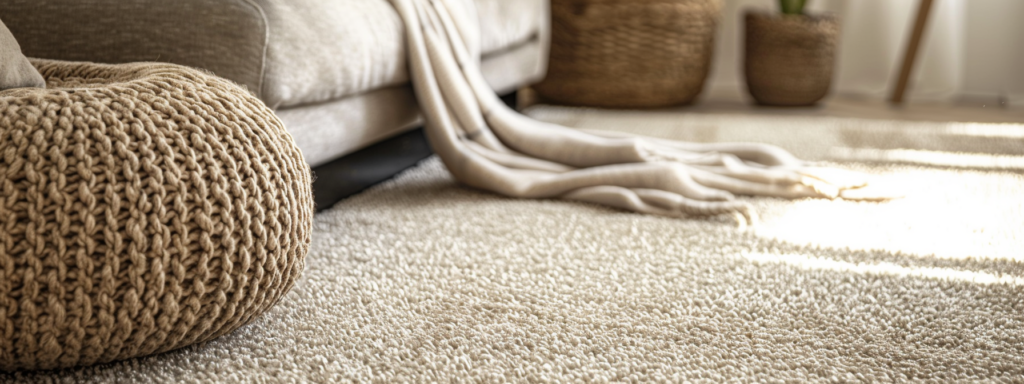
Dealing with Pet Stains and Odors
Pet stains are particularly challenging to manage because they not only discolor carpets but also leave behind odors that can persist if not properly treated. The key to effectively addressing these stains lies in using the right products and techniques that tackle both the stain and the odor comprehensively.
Recommended Cleaners and Solutions
- Enzymatic Cleaners: These cleaners contain specific enzymes that break down the proteins in pet stains and odors, making them one of the most effective solutions for pet accidents. They are particularly useful for organic stains and odors like urine.
- Homemade Solutions: A mixture of white vinegar and water (50/50 ratio) can be effective for both neutralizing odors and cleaning light stains. For tougher stains, adding a small amount of baking soda to the mixture can provide additional cleaning power.
Detailed Instructions for Using Enzymatic Cleaners and Homemade Solutions
- Blot the Stain: Before applying any cleaning solution, it’s important to remove as much of the initial mess as possible. If the stain is fresh, blot up excess liquid with a clean, dry towel. Do not rub, as this can spread the stain further into the carpet fibers.
- Apply the Enzymatic Cleaner: Spray the enzymatic cleaner directly onto the stain, following the instructions on the label for the recommended saturation and letting it sit. These cleaners work by breaking down the organic matter, so give it enough time to work effectively—typically several minutes.
- Blot and Assess: After letting the cleaner sit, blot the area again with a clean cloth to absorb the dissolved stain and cleaner. Check the stain and smell; repeat the application if necessary.
- Rinse with Water: Once the stain is lifted, rinse the area with cold water to remove any residual cleaner. Blot with a clean towel to absorb excess moisture.
- Apply a Homemade Solution (if needed): If the odor persists or the enzymatic cleaner hasn’t fully removed the stain, apply a homemade solution of vinegar and water, or vinegar, water, and baking soda for tougher stains. Allow it to sit for 10-15 minutes, then blot and rinse as above.
- Dry the Area Thoroughly: Use a clean, dry towel to blot the area dry. You may also use a fan or a hairdryer set on cool to help speed up the drying process, ensuring that no moisture remains that could lead to mold or mildew.
- Vacuum: Once the carpet is completely dry, vacuum the area to restore the carpet fibers to their normal texture.
By following these steps, you can effectively remove both the visible signs and the odors of pet stains, helping to keep your carpets clean and fresh. Regular use of these methods, whenever accidents occur, will maintain the appearance and hygiene of your carpeted areas.
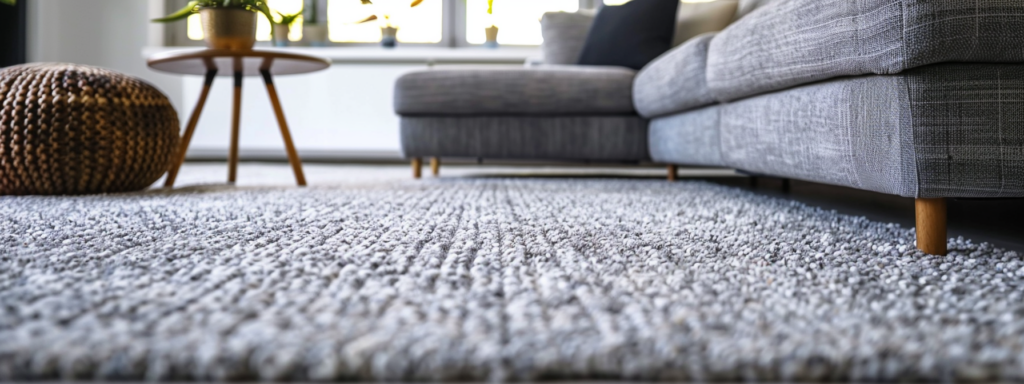
Prevention Tips and Stain Removal Tools
Preventing stains before they occur is just as important as knowing how to tackle them once they’ve happened.
By taking proactive steps and keeping the right tools on hand, you can significantly reduce the likelihood and impact of stains on your carpets.
Preventative Practices and Essential Tools
- No-Shoes Policy: Implement a no-shoes policy inside the home to minimize dirt and debris being tracked onto carpets.
- Regular Vacuuming: Vacuum at least twice a week to remove dirt and potential staining substances before they embed deeper into the carpet fibers.
- Immediate Spot Cleaning Kit: Have a kit ready for immediate action when spills occur. This kit should include:
- Clean white cloths or paper towels for blotting spills.
- Club soda or cold water for diluting stains before they set.
- Baking soda for absorbing odors and liquid.
- A mild carpet shampoo or DIY cleaning solution (e.g., vinegar and water mixture).
- A small scrub brush and sponges for gentle agitation.
- Enzymatic cleaner for organic stains like pet accidents or food spills.
- Use Area Rugs and Runners: In high-traffic areas, use rugs and runners to protect the underlying carpet. These can be easily cleaned or replaced if they become too soiled.
- Sunlight Protection: Use curtains or blinds to block direct sunlight, which can fade carpet colors over time.
By integrating these practices and tools into your regular home maintenance routine, you can effectively safeguard your carpets against common stains and damage.
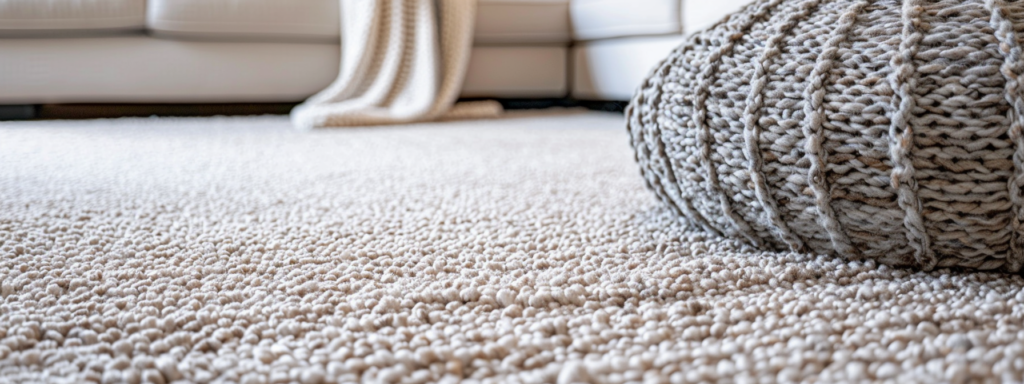
Maintaining Your Carpet’s Appearance
The appearance and longevity of your carpets heavily depend on how quickly and effectively you respond to spills and stains. Immediate action not only prevents stains from setting but also preserves the integrity of the carpet fibers. Regular maintenance, combined with prompt stain removal, is key in extending the life of your carpets and keeping them looking their best.
Don’t wait for stains to become a bigger problem. Assemble your home stain removal kit today and keep it readily accessible for quick responses to spills and accidents. Consider scheduling regular professional carpet cleanings to maintain optimal cleanliness and appearance.
Professional cleaners can address deeper soil and stains that daily maintenance may miss, ensuring your carpets remain in prime condition.
Take action now to protect and maintain your carpets, ensuring they last for years to come.
Author
-

As the Co-Owner of Masterful, Randy has been providing quality cleaning services to the Salem and Portland areas of Oregon for many years. He has built a reputation for excellence in the industry. His team take prides in using the latest cleaning techniques and technologies to deliver exceptional results every time.
View all posts
